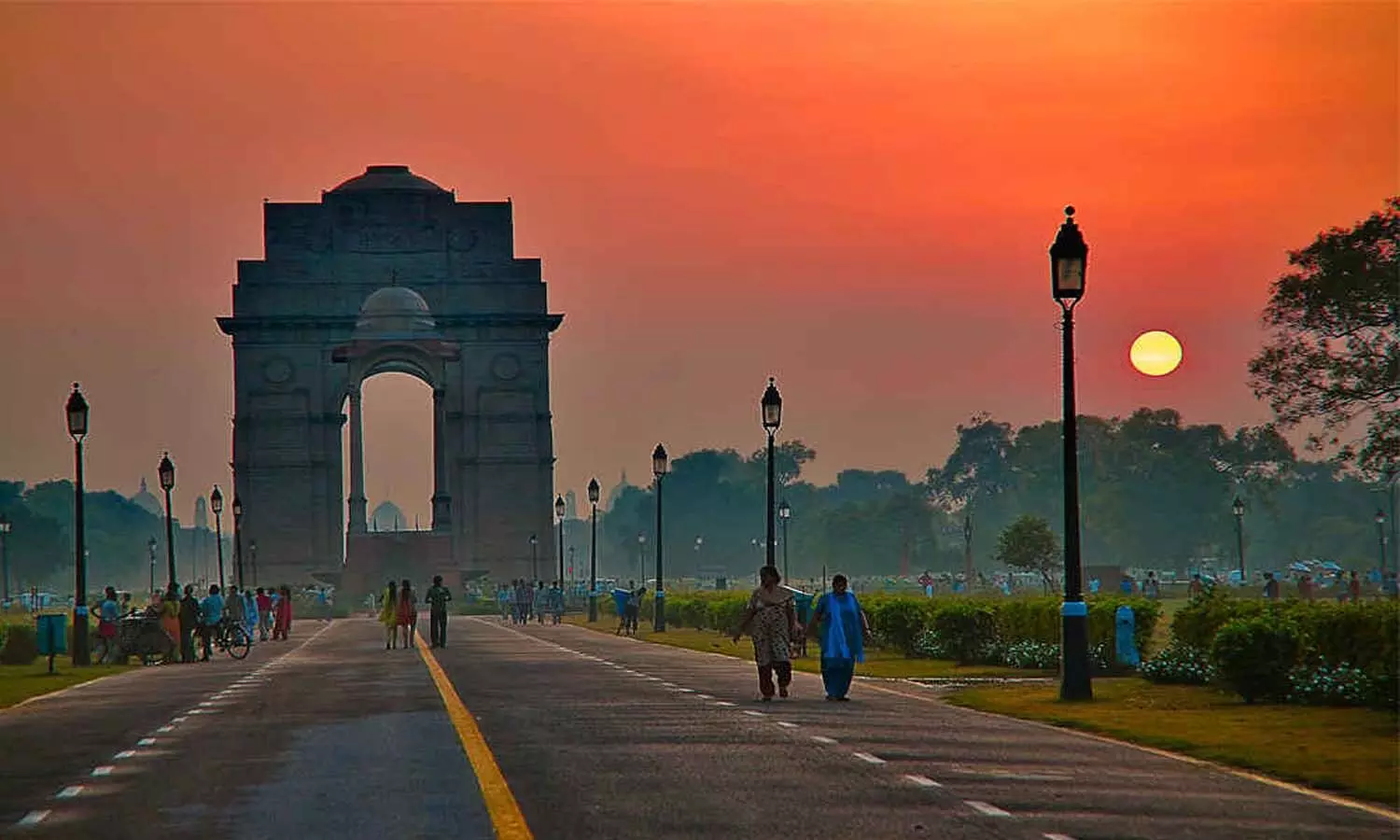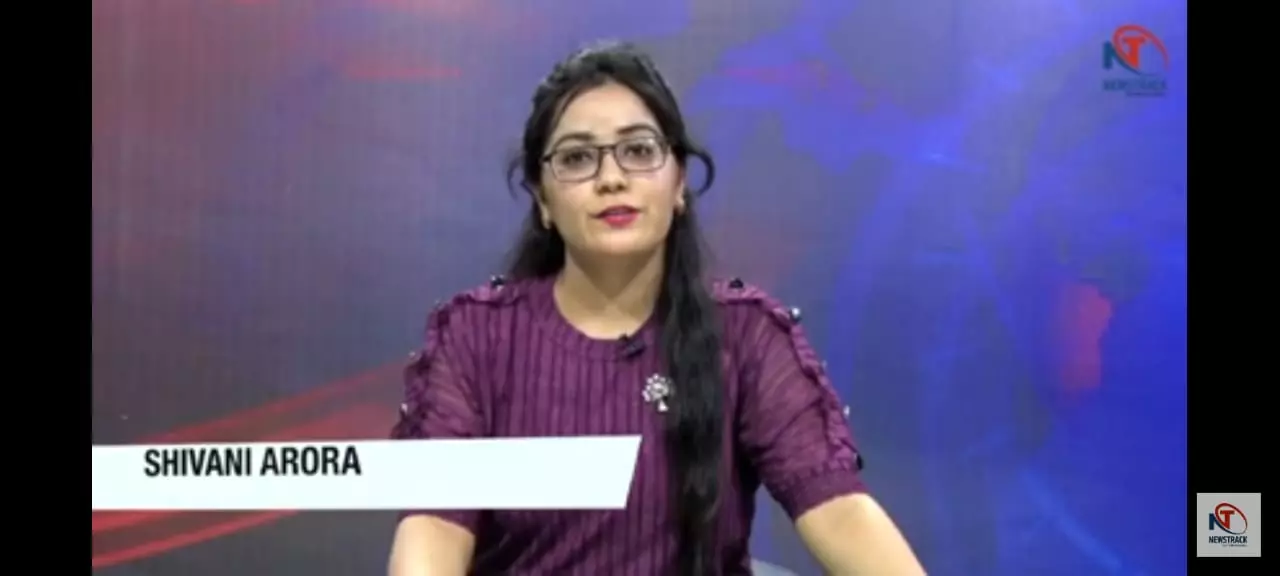TRENDING TAGS :
Whose Delhi Is It, Anyway?
Everyone wanted Delhi, for Delhi meant India. But today, that very Delhi is forced to ask: Whose city am I, really?
PC: Social Media
Delhi—the capital of India. The same Delhi for which Nadir Shah, Mughals, and Mongols all waged war and spilled blood. Everyone wanted Delhi, for Delhi meant India. But today, that very Delhi is forced to ask: Whose city am I, really?
The people of Delhi can’t seem to find the answer. There was a time when it was said that Delhi belongs to the warm-hearted (Dilwalas). Today, it doesn’t even belong to the broken-hearted.
This is the capital of India. The seat of the nation’s government. The home of its highest court. The dwelling of its biggest legislative assembly. The address of every foreign diplomat.
Yes, this is Delhi.
But only as an address—a grazing field with no shepherd, but plenty of grazers.Technically, Delhi is a “state.” But not quite. It has a separate government, but the situation is akin to a car without wheels. It has a Chief Minister—and a Lieutenant Governor too. Their powers are so entangled; they resemble the labyrinths of a fantasy novel. Talk about Delhi’s garbage, traffic, policing, drains, electricity, water, encroachments, slums, markets, roads—you name it, and no one really knows who is responsible for what. The Delhi government, the municipal corporation, the MLAs, the MPs, and the central government—all are part of a muddled mess, which isn’t even a “khichdi” (mixed dish) anymore. It’s a “dasmel khichdi”—a concoction too bitter to swallow. The best part? Every element in this unholy mix thrives on zero accountability. Everyone is busy passing the buck.And the people of Delhi? Glorious. Saintly. They continue to survive in this mess, tasting this stew of confusion with quiet resignation. That, my friends, is the true Indian spirit—being kicked around like a football and still chanting,
“Delhi belongs to the big-hearted!”
The truth is, Delhi’s citizens belong to no one—not even their own elected leaders. The MLA belongs to one party, the corporator to another, the MP to someone else, and the bureaucrats to yet another system. The state government cries helplessness, the central government feigns indifference, and the officials—well, they’re just happy not to work. The public, caught in the middle, accepts whatever narrative is fed to them.
What a bizarre reality. CBI, ED, Income Tax, Army, PWD, Railways—name any major institution, and its headquarters is in Delhi. And yet, in this city of 30 million people, nothing works. Flooded basements, drowned neighborhoods, deaths in shelter homes, poisonous air, sprawling slums, broken buses, and no real sense of safety or security.
What kind of capital is this?
Truth is, Delhi has long been trapped in a tug-of-war of power and politics—not just recently. The question of who governs Delhi—and how much—has existed since 1911, when it officially became British India’s capital.
Let’s rewind a bit.
In the Mughal era, Delhi was a glorious seat of power. But post-1857, after the revolt, it was reduced to an ordinary town. The city’s past glory remained only in memory.Why? Because after the rebellion, the British, as a reward for loyalty, gifted Delhi to Punjab. Punjab, in return, just put it on display, untouched.Half a century later, the British decided to shift their capital from Calcutta to Delhi. And in 1911, Delhi became the political center once again.But even in those early days, conflict began over jurisdiction and responsibility. The British had created “notified areas” and “municipal areas”—confusion was built into the law.
And it never really stopped.
Post-independence, the power struggles and ambiguity around Delhi’s governance continued.In 1951, the States Reorganization Act allowed the formation of a Legislative Assembly in Delhi. But key subjects like law & order, land, and municipal affairs were retained by the Centre.Delhi elected its first Chief Minister in 1952—Chaudhary Brahm Prakash from Congress.Within three years, he was exhausted from constant tussles with the Chief Commissioner and the Union Home Minister—and resigned in 1955.Eventually, the Centre abolished the Assembly, despite protests, and in 1957, brought the Delhi Municipal Corporation Act into force.Later, in the 1960s, a Metropolitan Council was created to placate public dissatisfaction.In 1977, the Jan Sangh-led council demanded full statehood for Delhi.By the late 1980s, this demand had intensified. Madan Lal Khurana of BJP became a political force so powerful, people called him “The Lion of Delhi.”Finally, in 1987, the Congress government at the Centre formed the Sarkaria Commission, which recommended restoring a Legislative Assembly in Delhi.It happened in 1991, through the 69th Constitutional Amendment.
Delhi got its Assembly—but not full statehood.What it got instead was this bizarre hybrid governance system—a “dasmel khichdi”.
To be fair, this problem isn’t unique to India.Even Washington D.C. in the U.S. has seen full statehood movements since the 1990s.Canberra in Australia and Brasilia in Brazil have had their share of power struggles.But those nations drew clear lines between rights and responsibilities—and moved on.
Delhi could learn from them.
Many solutions exist. A brand-new capital, clearer division of authority, or perhaps retaining it as a full Union Territory with administrative autonomy.But someone needs to have the will to act.
Today, Delhi has been handed over to the heartbroken, drowned in flooded basements, and left gasping for identity. The least we can do is save it from drowning in the filth that flows in Delhi.
(The author is a journalist)
Next Story


